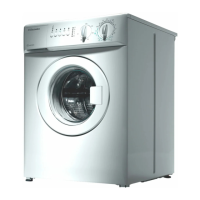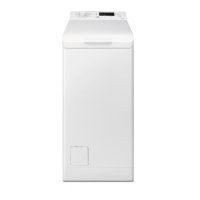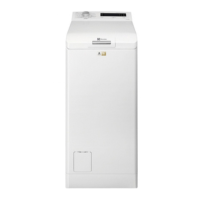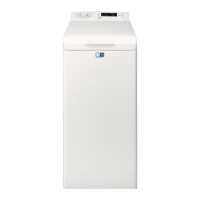
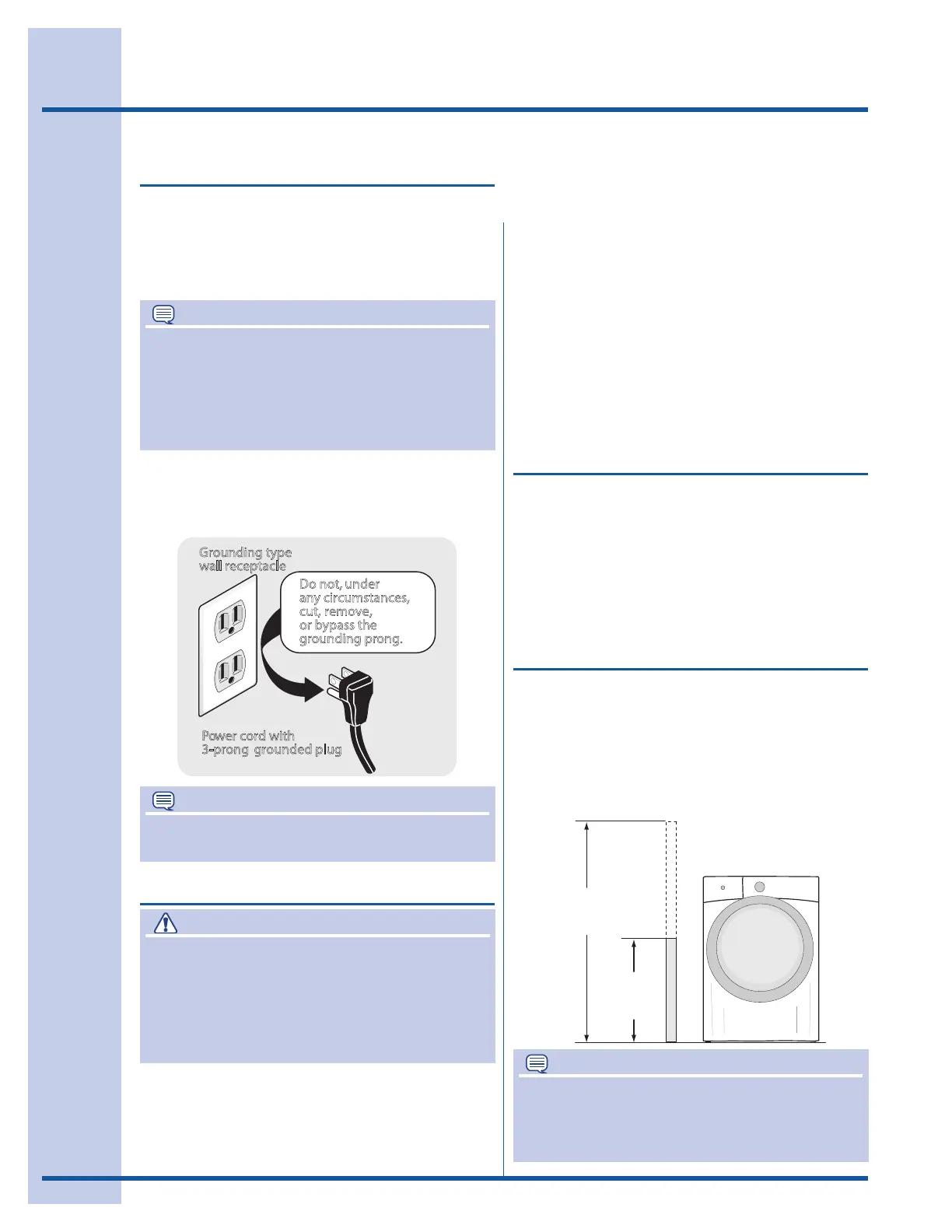 Loading...
Loading...
Do you have a question about the Electrolux 134700400 and is the answer not in the manual?
| Brand | Electrolux |
|---|---|
| Model | 134700400 |
| Category | Washer |
| Language | English |
Section to record purchase date, model, and serial numbers for easy access and future support.
Contact information for toll-free telephone support and online support for the appliance.
Crucial safety warnings and precautions for appliance use, including definitions of safety symbols.
Lists tools and materials needed before beginning the installation process for safe setup.
Details on power supply, circuit, and outlet specifications required for safe and proper operation.
Emphasizes the necessity of proper grounding to prevent electrical shock hazards.
Specifies faucet type, pressure, and connection requirements for the water inlet hoses.
Outlines necessary specifications for the washer's drain system, including height and diameter.
Provides minimum clearances needed around the washer for alcove, under-counter, and closet installations.
Illustrates the physical dimensions of the washer, including door swing and clearances.
Step-by-step guide on safely removing packaging materials and preparing the washer.
Instructions for removing internal shipping components like forks, spacers, and bolts.
Guide on inserting protective hole plugs into the washer's back panel after unpacking.
Guide on how to properly level the washer to prevent noise and vibration during operation.
Steps for connecting the hot and cold water supply hoses to the washer's inlet valves.
Instructions for connecting the drain hose and plugging in the power cord safely.
Steps to run an initial diagnostic cycle to confirm proper installation and functionality.
Steps to prepare for reversing the door, including safety checks and necessary tools.
Detailed instructions for removing the door and its associated hardware from the washer.
Guide on how to detach the hinge assembly from the washer's front panel.
Instructions for safely removing the door lock mechanism from the front panel.
Steps to correctly reattach the door lock mechanism to the front panel.
Guide on how to properly reattach the hinge assembly to the washer's front panel.
Steps for removing the striker plate from the door during the reversal process.
Instructions for removing the latch indicator component from the door.
Steps to remove a hole plug from the door as part of the reversal procedure.
Steps for correctly reinserting the latch indicator into the opposite hole on the door.
Instructions for reattaching the striker plate to the door with screws.
Steps for correctly reinserting the hole plug into the opposite hole on the door.
Instructions for reattaching the main door assembly onto the hinge pins.
Steps to reverse the orientation of the trim ring cover plate for the new door swing.
Guide on how to properly reinstall the trim ring onto the door.
Steps for reinstalling the trim plug onto the door after reversal.
Lists optional accessories such as pedestals, stacking kits, and drain hose extensions.
Information on how to order replacement parts and contact customer service.

